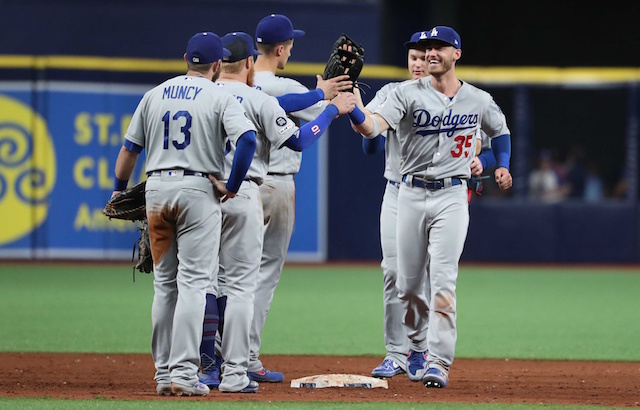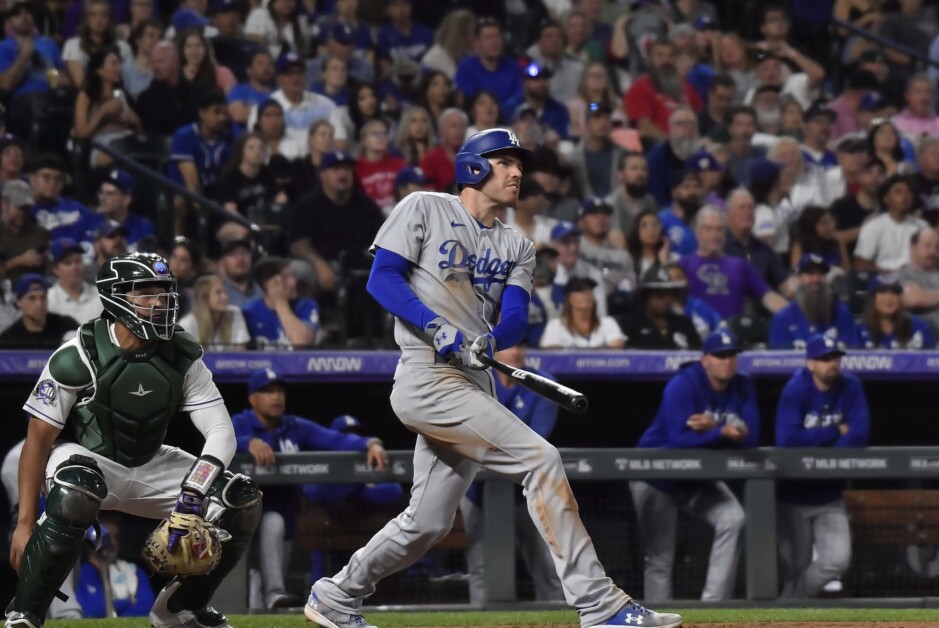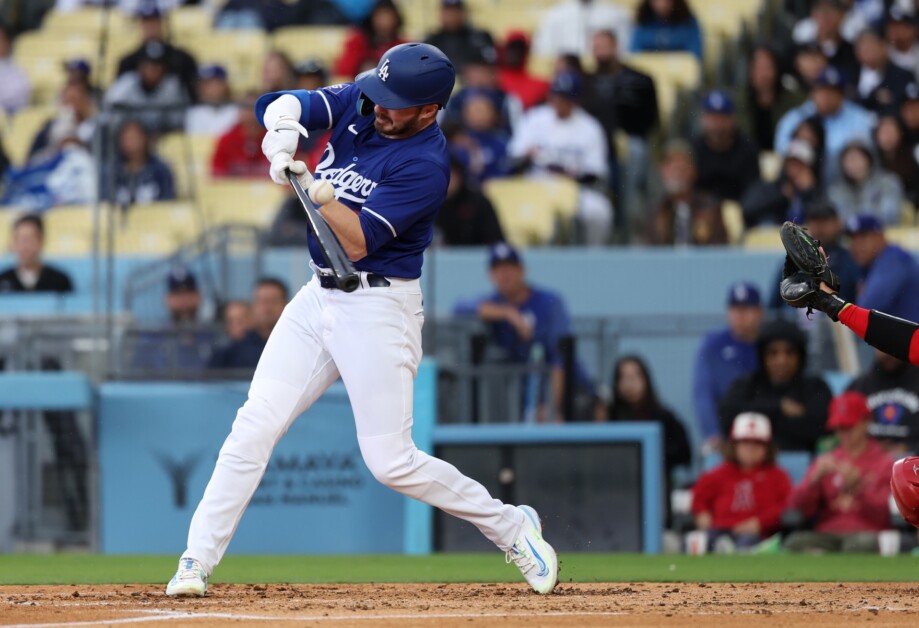When the week began, the Los Angeles Dodgers were on an absolute tear, having won 13 of their last 17, opening up a seven-game lead in the National League West standings in the process.
League-wide they had the second-best record in baseball at 35-18 (.660 win percentage) behind only the surprising Minnesota Twins. What was almost more amazing, however, was how seemingly quiet the whole run had been.
Maybe it’s because there were better stories out there — some even within the Dodgers clubhouse — but it seems like everything the club was doing as a team was being done under-the-radar. So much so, in fact, that it’s been easy to miss just how well they were playing.
Now, however, with awareness fully awakened, I was struck by a question: is this sustainable?
Last season, the best team in the NL had a winning percentage of .589 — and just one team in the American League would have bested the Dodgers’ .660 (Boston Red Sox). So, on one hand, the question is grounded in a realization of just how difficult this type of pace is to maintain.
The second underlying reason for asking centers around Cody Bellinger, Alex Verdugo and Joc Pederson. Obviously a big piece of the team’s hot start has been the other-worldly performances they’ve received from these three; Bellinger chief among them.
So as we ask whether the team’s performance is sustainable, part of what we’re asking is whether the individual performances behind it is as well.
So let’s dive in.
First, is the Dodgers’ winning percentage (or something close) a reasonable expectation come season’s end?
One reason to say “yes” here is the division they find themselves in. Once among the best divisions in baseball, the reality is that 2019 is a down year for the NL West.
The San Diego Padres are just two games over .500, Colorado Rockies are one game over, Arizona Diamondbacks are one game under, and the San Francisco Giants reside deep in the basement. Last year, for context, the Rockies finished second in the division after losing Game 163 to the Dodgers.
Between now and the end of this season, the Dodgers get 58 more games against divisional opponents — plus series against bottom-feeders like the Miami Marlins, Baltimore Orioles and Toronto Blue Jays. Bottom line: the Dodgers will have a comfortable schedule for most of the season, and as long as they keep their foot on the gas a winning percentage over .600 is absolutely within reach.
What about the individual regression?
It all starts with Bellinger, and to be frank, there is zero chance he keeps the pace set through a historic first month of the season. If you were hoping to see the first .400 season in a long time or a Dodger hit 60+ home runs, you’ll have to come back next year.
Of course, Bellinger could certainly bat .340 this season with 45 home runs — but even that would require a decent bit of regression.
Outside of Bellinger, the Dodgers have also benefited from Verdugo’s emergence and Pederson’s consistency. Given Verdugo’s status as a rookie it’s safe to assume there will be a slow-down once the league catches up to him.
Although, it’s reasonable to expect he remains in the thick of the Rookie of the Year race. As for Pederson, we’ve seem glimpses of this before — but never with the longevity of this current run. Could this year be different?
The truth is that the Dodgers’ success has largely been fueled by performances that aren’t sustainable. They might be somewhat sustainable, but to expect any of those players to even maintain what they have done so far isn’t reasonable.
But here’s the good news: did you notice which names aren’t mentioned above?
Corey Seager is batting .249/.341/.415 with just six home runs and only recently began to heat up. Justin Turner? He has turned it around of late, but he’s still slugging just .446 with six home runs. If Pederson’s production may decline some, you can just as well count on Seager and Turner improving.
And then there’s the bullpen. While the starters have done their part (3.02 ERA), the bullpen has been the team’s only real blemish. And what’s disconcerting is the solution to the problem isn’t anywhere to be found at the moment.
The Dodgers’ bullpen has a 4.62 ERA, which is 10th-worst in baseball. Individually, the results have been up-and-down. The Kenley Jansen Experience is alive and well (3.33 ERA, 16 saves in 18 opportunities) and remains as frightening as adventure as there is in baseball.
Beyond whatever level of reliability you want to assign to Jansen, there are some reliable arms in the bullpen: Pedro Baez (3.33 ERA), Julio Urias (3.09 ERA as reliever) and Dylan Floro (2.57 ERA). While each hasn’t been perfect, they’ve been bright spots in the bullpen.
The issue is that others have struggled to the point where it’s overshadowed everyone else. Thus on one hand, you can look to history and bank on the fact that the Dodgers will figure this out given that their bullpen has been among the best in baseball for years now.
Or, if you want to choose pessimism, you can go the other route and ask yourself whether or not any of the names mentioned above can really be trusted? Fortunately, as the regular season goes, it’s a small enough problem that it can be offset by just how good the team’s starting staff and hitters have been and will be.
Come playoff time, though, there will be a spotlight on whatever trade-deadline additions Dodgers president of baseball operations Andrew Friedman figures to make.
So what’s the verdict? Is the team’s current clip sustainable?
Since 1978, the Dodgers have posted a winning percentage over .600 just one time (2017) — and, well, the 2019 season likely becomes No. 2. The reality is this team is stacked offensively and should be able to hit themselves out of any problems that come their way.
Yes, Bellinger will regress a bit. But if you’re asking whether the combined production of Bellinger and Seager can be maintained, that’s an easy “yes.” Although a .660 winning percentage is not likely, something in the realm of .620 (100 wins) is certainly fair.








